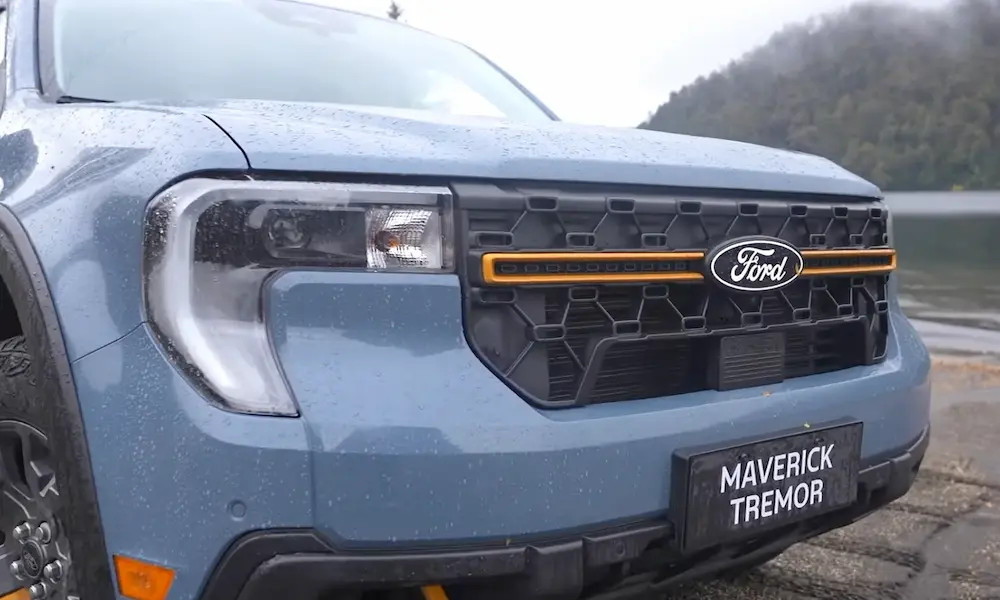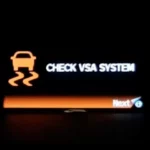Yes, you can force-pass readiness monitors; however, it is not advisable and not legal. To force the readiness monitor, you may need to reprogram the ECU. It could be a disaster if this is not done with the requisite know-how.
Also, force-passing the readiness monitor does not solve the underlying issues that may cause your vehicle not to pass readiness in the first place. Depending on the problem, this could affect the drivability of your vehicle.
For instance, if the oxygen sensor is damaged, it will affect emissions and the engine’s performance.
What is a readiness monitor?
Readiness monitors is a self-test done by the vehicle’s computer system on the emissions control systems. The test aims to determine if the emissions system is working properly. The test also ensures that some systems work within their specified limits.
Once a vehicle is switched, the car’s computer can perform up to 11 system tests, depending on the model year and make of the car. The result of the tests will tell you if the tests have been done successfully or not.
There are two types of readiness monitors, which are continuous and non-continuous.
The continuous monitors are constantly tested as the engine is running. This means that as long as the engine is running, these monitors will conduct tests. On the other hand, the non-continuous will be completed once certain conditions are met.
Furthermore, there are three monitor statuses or outcomes for each monitor when checked with an OBD tool, including the following.
1. Complete
The complete or ready status means that the monitor has completed the test and the OBD tool has checked the emissions controls system, and it passed the test.
2. Incomplete
The incomplete or not ready means that the self-test cannot complete the test, the OBD-II system has been unable to run the routine, and the test has failed.
3. Disabled
A disabled status means the test has stopped functioning for the rest of the monitoring cycle. A specific monitor can be disabled if there is a problem with the driver and there is no way for it to allow the monitor to run.
Why Do I Fail Readiness Monitors?
Below are factors that could cause your vehicle to fail readiness monitors.
1. Battery
If you have a battery that has been replaced or disconnected, the vehicle will likely fail the readiness monitor. This is because the vehicle’s computer memory is completely wiped once the battery is disconnected. It means there will be no record of the test carried out by the monitors.
2. Cleared memory
Once the computer system’s memory has been cleared, there is no way the monitor can pass the readiness monitor. The vehicle will have to pass through all the specified driving conditions again, so the monitor can run specific tests before passing the readiness monitor.
3. Power
When power is not going to the vehicle’s computer system, the car will also not pass readiness monitors. The computer system is responsible for carrying out monitor tests. After the test has been carried out, the system stores the result. If the power does not reach the vehicle’s computer, all monitors will b disabled.
4. Temperature
There is a set operating temperature for the emissions system. The vehicle will fail the readiness monitor if the temperature condition is not met during testing.
5. Fault code
If the engine computer has stored any fault code and has not been repaired, the vehicle will not pass the readiness test.
6. Driving condition
If the vehicle has not met the specified driving conditions, some readiness monitors will have a status of incomplete. Check the driving condition and ensure that the car has gone through them.
Other factors that could cause your vehicle to fail the readiness monitor include the following.
a. Wiring issues
b. Connector and voltage issues
c. Inaccurate communication protocol
Can I force pass the Readiness Monitors?
It is possible to force pass the readiness monitor, but this could be very complicated. This involves using a special tool to reprogram the ECU. The tool will remap the read-only part of the ECU chip.
In addition, restrictions in the ECU are removed and rewritten to allow for more vehicle modifications to suit the driver’s taste.
In the case of readiness monitors, once the tool is installed, a professional will rewrite the 32-bitbase.xml file that comes with the tool. In some cases, the file is named “readiness.” Once the system is reprogrammed, the monitors should be “Ready.”
However, it is best that you follow the requirement set for the vehicle to pass the readiness monitors. Some of those requirements include the following.
- Cold start and idle the engine for about 10 minutes
- Drive at a highway speed with a constant throttle for 15 minutes. After that, idle for about 5 minutes. Drive at an average speed for about 10 minutes.
- The battery must not be disconnected or changed.
- Ensure that a repair shop does not clear the memory.
- Ensure that power gets to the vehicle’s computer.
- Ensure that the vehicle must have sat overnight for about 8 hours
You could also drive the vehicle for some days for 300 miles just to get the monitors to perform necessary tests and allow the computer system to store necessary information.
Also, ensure that fault codes are properly attended to and fixed. Get a scan tool and scan the vehicle for fault codes. If any fault code is found, ensure to have it fixed. Ensure that the codes are not cleared but are fixed.
Once all the requirements are met, the vehicle will easily pass readiness monitors.
Final Thoughts
If your vehicle does not pass the readiness monitors, the best way to fix it is to diagnose what could be the cause properly. If you can find out why the vehicle does not pass readiness, then it is easier to fix the problem. Also, ensure you fulfill all the requirements to pass the readiness monitors.
















